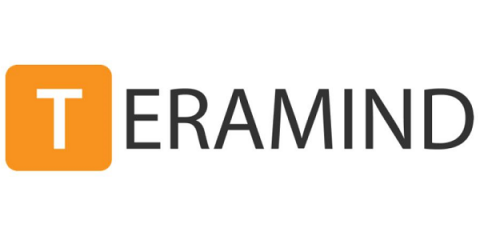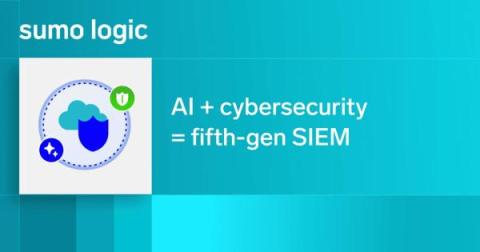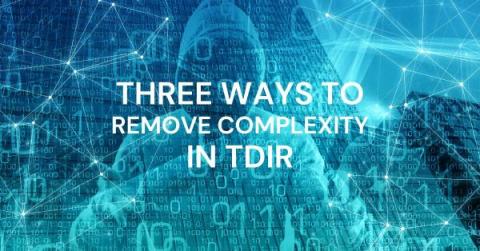Why There's No Such Thing As a Low-Cost SIEM
Staff time, log processing, and legacy issues can turn free, open-source or low-cost SIEMs into one of your organisation's most expensive investments. You're not alone if you're baulking at the idea of paying upwards of tens of thousands of pounds for a new or renewed SIEM licence. Many security decision-makers feel the same way. One survey showed that almost half (40%) of existing SIEM users feel like they are overpaying for their SIEM.










